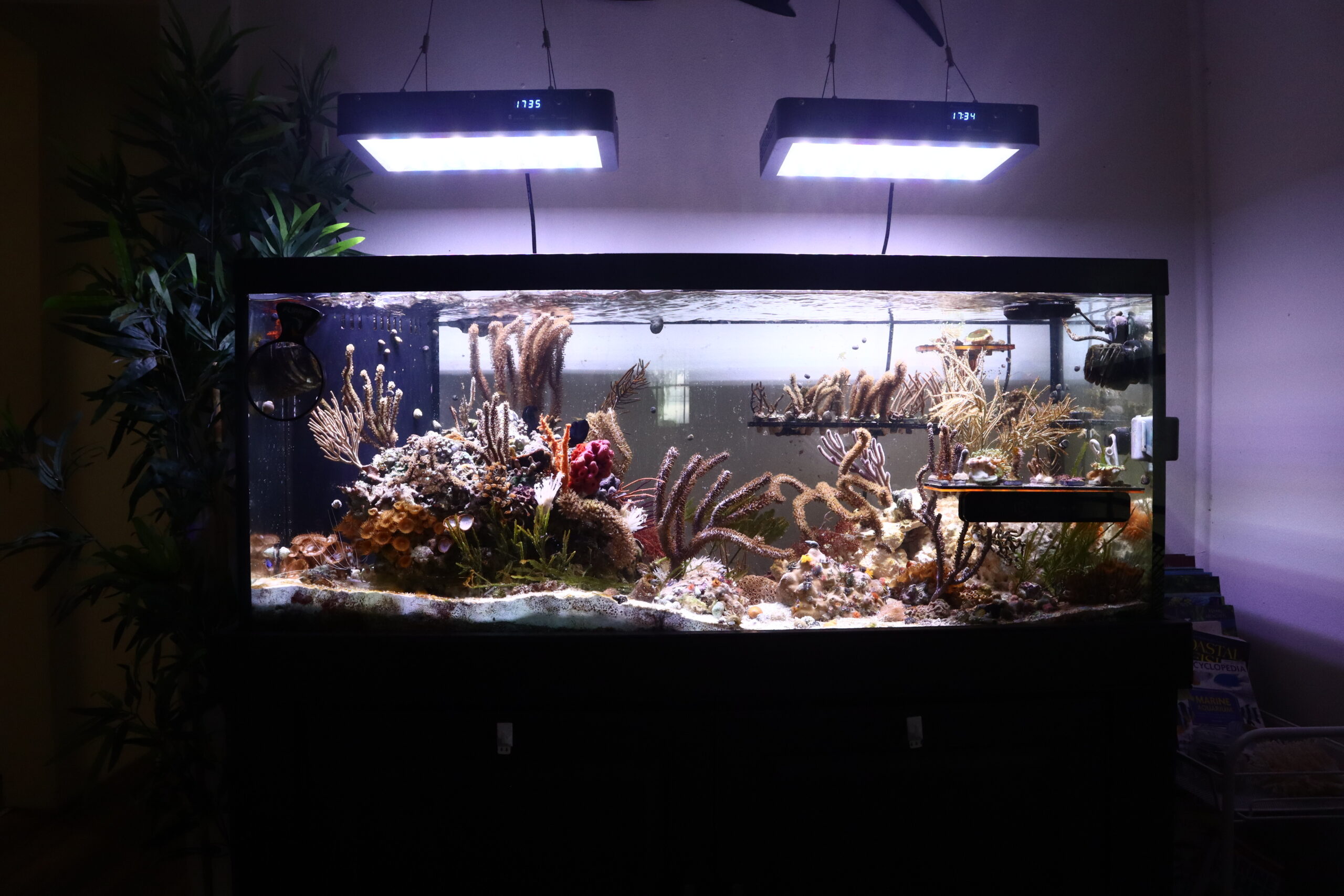I’ve always personally wanted to set up an aquarium endemic to a certain area of the ocean. I recently moved across the country to Florida, and with the move, I happened to have an empty 75-gallon aquarium. I figured if I was going to set up a biotope aquarium, there wasn’t a better time than the present because I was able to start from scratch. This gave me the opportunity to really think about what area of the world I really wanted to feature in this aquarium.
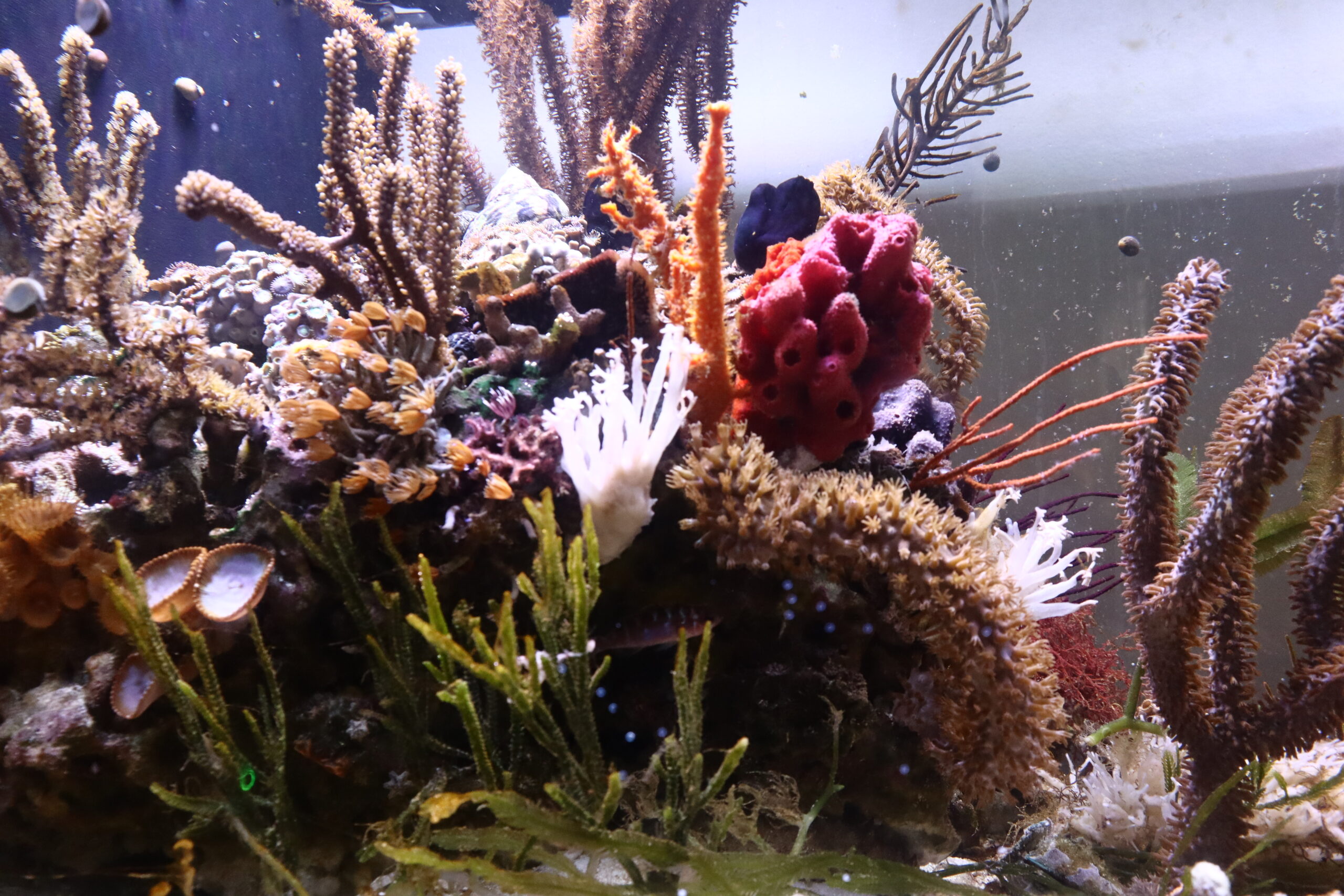
Originally, I considered trying to acquire corals from Western Australia and attempting to do an aquarium that was endemic to that area. After about a month, I finally settled on an idea. I figured that since I now live in Florida, why not attempt to create a Caribbean Biotope featuring the Florida Keys and the Caribbean in general? So, I got to work, and that is exactly what I did!
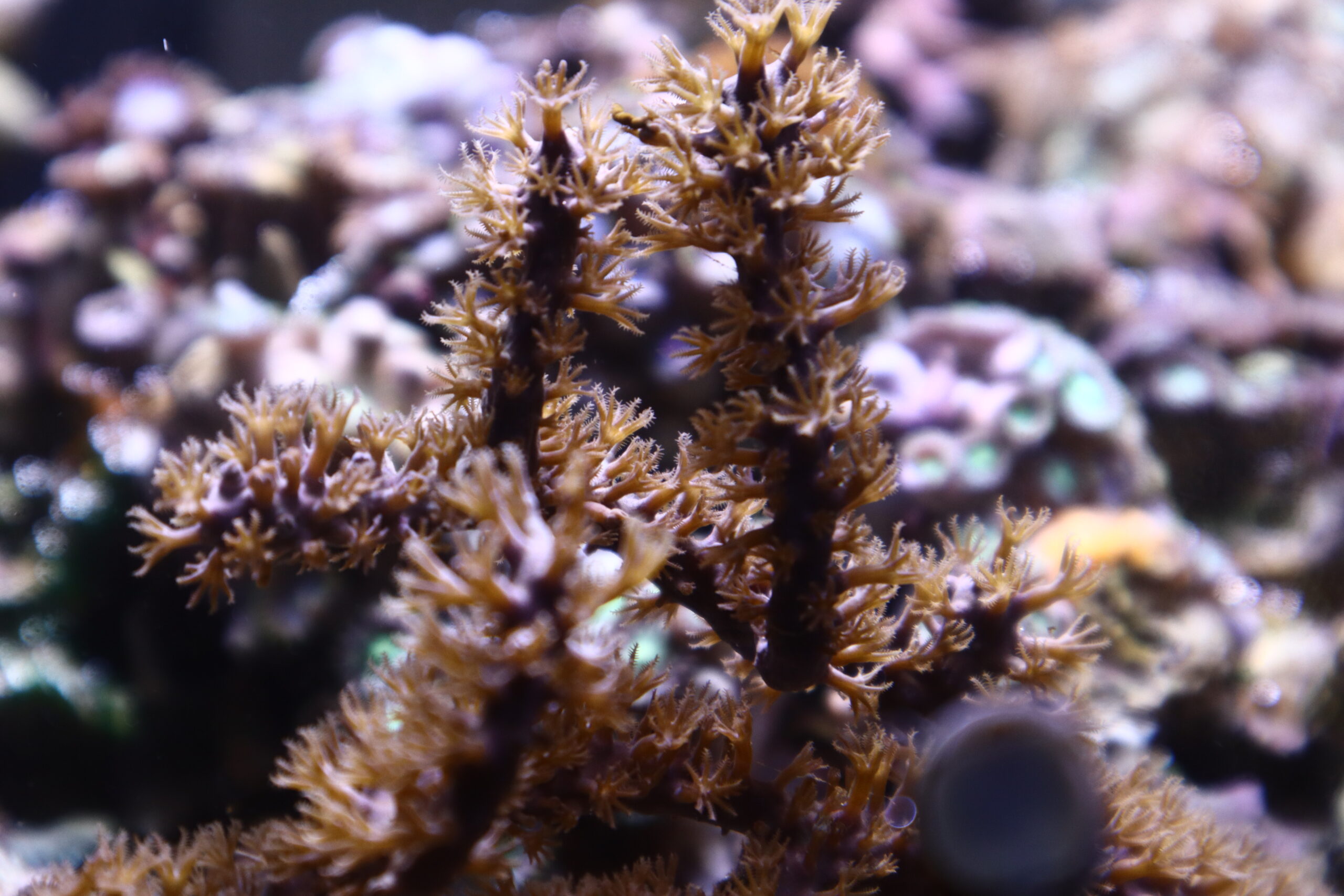
From the beginning, my plan was to attempt to recreate one of my favorite spots to snorkel in the Florida Keys. This area is a shallow, hard-bottom reef featuring gorgonians, sponges, zoanthids, and much much more. This area also has an almost completely flat limestone bottom with only a few outcropping boulders. In this specific tank, I decided to go with minimal rockwork to allow me to feature some of that “flat” look of that area with gorgonians shooting out of the limestone. Just recently, I decided to incorporate Two Little Fishies STAX rock beneath the sand with just a little showing above the sand. This allowed me to recreate a very similar look to the area I was trying to mimic.
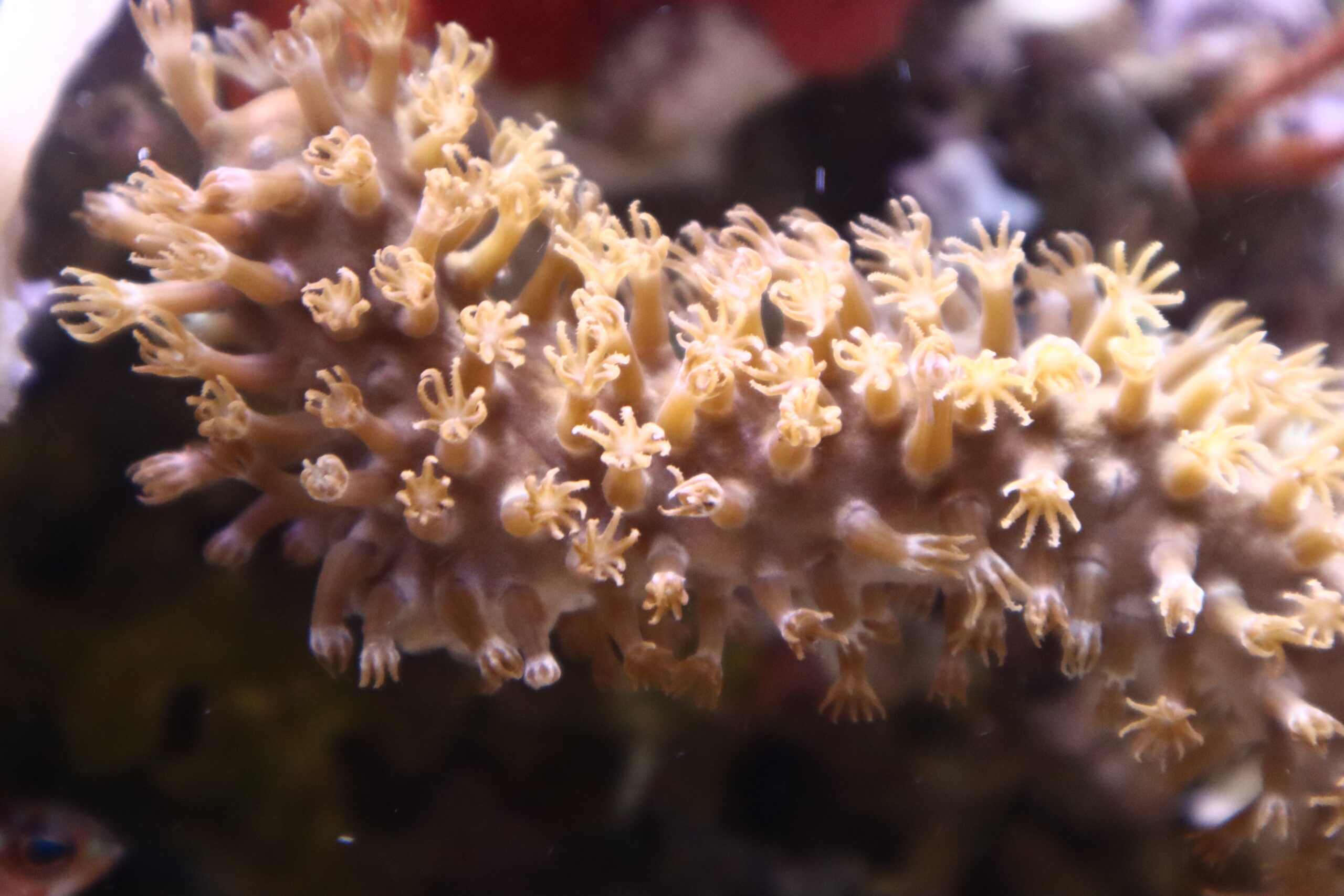
The first corals/octocorals I added to the aquarium were a few split pore gorgonians and a couple of flat blade gorgonians that I hand-collected from that exact area I was attempting to mimic. I also added some algae and zoanthids from that same area. Since I was specifically attempting to recreate a Caribbean tank, it allowed me to venture into some other Caribbean organisms that weren’t necessarily from that area in the keys.
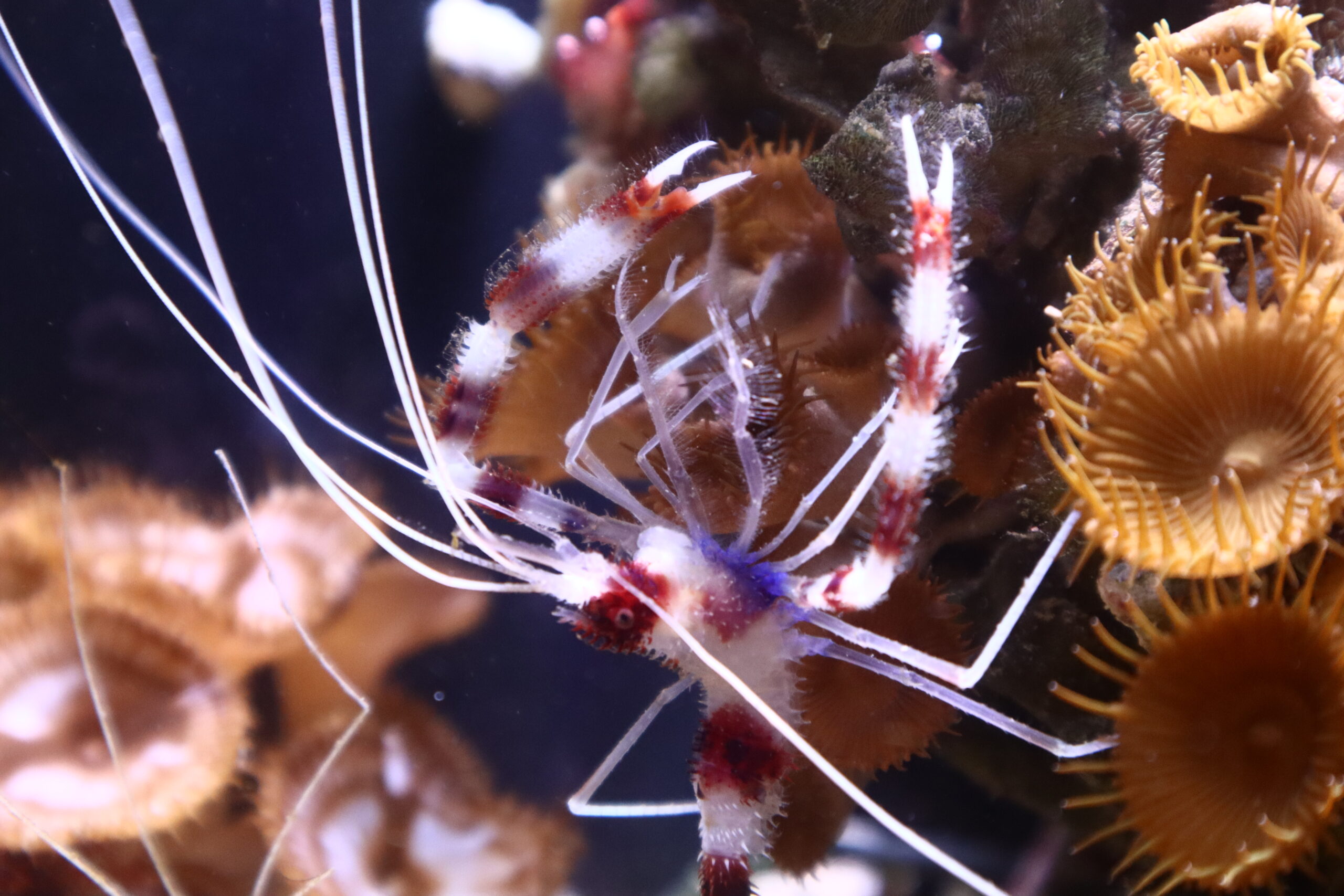
I personally believe in supporting local fish stores and other businesses that sell livestock as much as possible, even though I work for a tropical fish wholesaler. Sourcing Caribbean species can be quite tricky as some species are not as commonly desired in the hobby as they used to be. If you decide to attempt a Caribbean tank and are seeking Caribbean fish, I recommend that you attempt to reach out to your local fish stores and see if they are able to special order whatever species you might be after. If that route doesn’t prove successful, there are many online websites like seahorsesavvy.com and several others. For retailers looking for a solid Caribbean fish supplier, QGI Aquatics, Dynasty Marine Associates, and many others carry high-quality Caribbean fish.
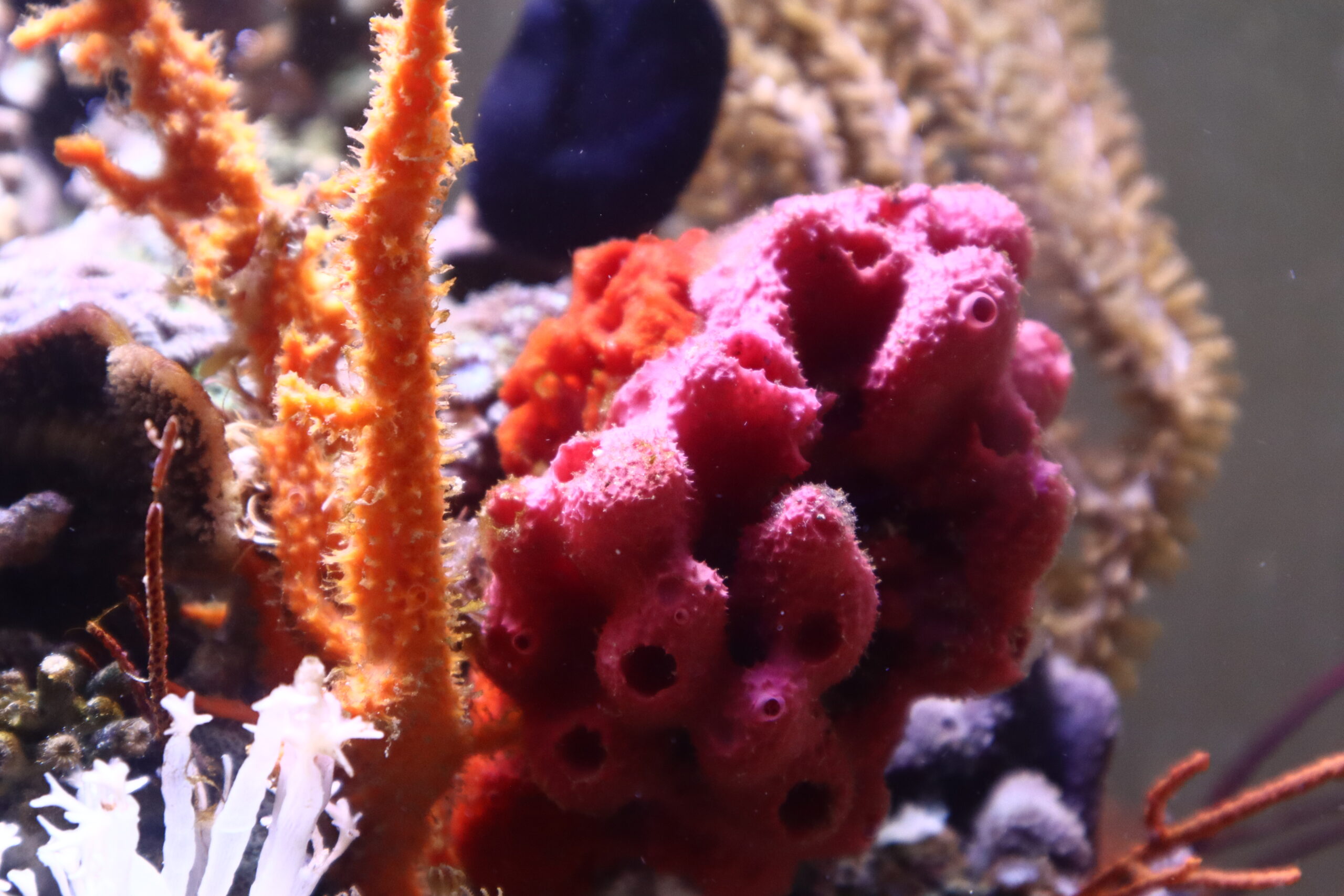
There are a couple of ways to go about building a Caribbean reef as quite a few Caribbean species can tend to be quite aggressive. Originally, I started out with some damsels and some wrasses that I had personally collected in the Florida Keys. Unfortunately, they got quite large and aggressive so I had to take a different approach in order to acquire a flourishing Caribbean reef. I have now started to add some more social fish including a trio of Chalk Bass, and soon, I plan to add some masked gobies.
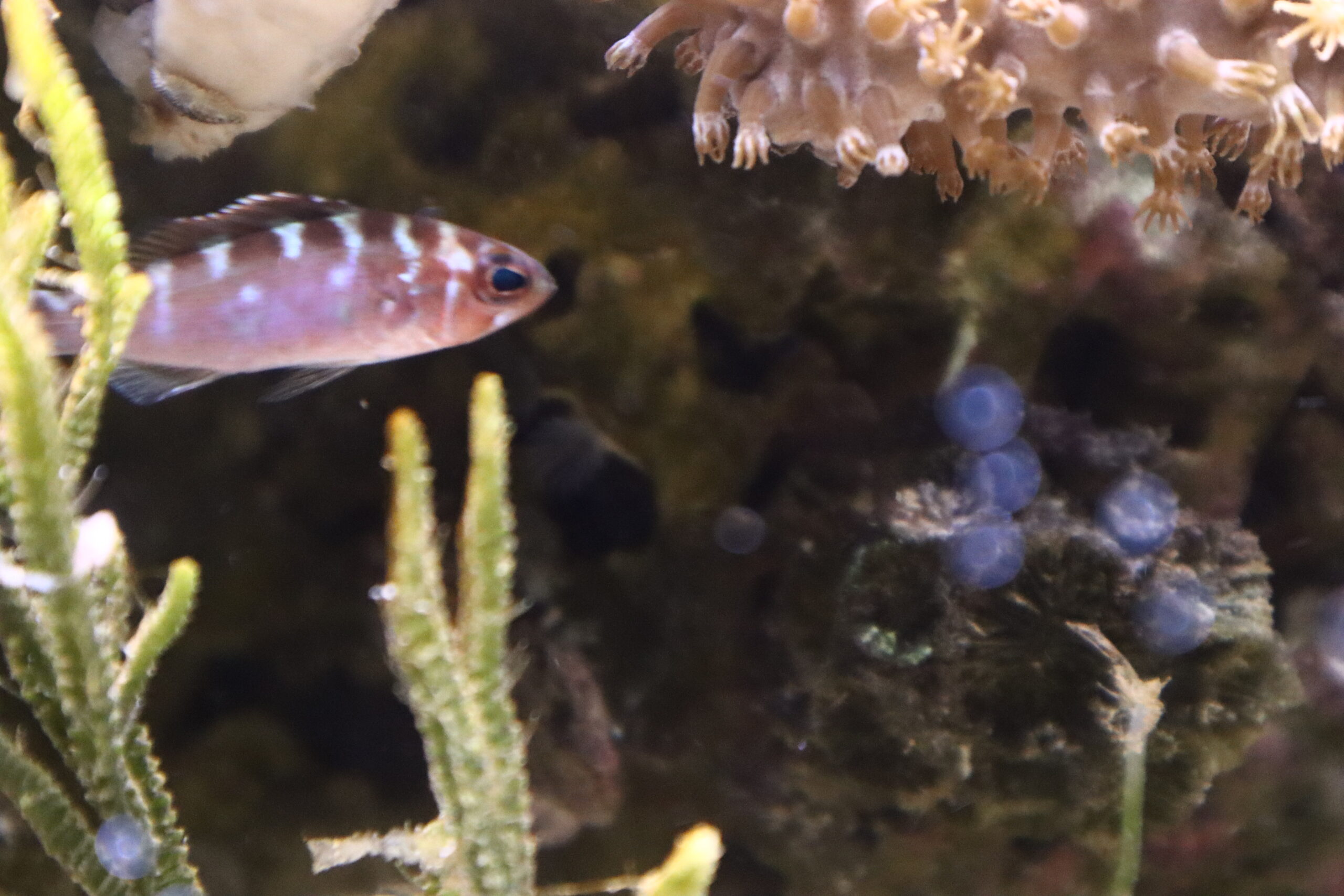
Currently, I have been working on building up the diversity of Caribbean inverts and octocorals before I begin to restock the tank with new fish after I had previously removed the Rock Beauty angelfish, Bluehead Wrasse, and Yellowhead Wrasse for many good reasons. I have recently begun adding some local Caulerpa like the Palm Tree Caulerpa, Caulerpa paspaloides, and a few others. If you choose to try to recreate this, be aware that Caulerpa species can easily get out of hand if they are not properly trimmed and maintained.

I have also begun adding quite a few zoanthid and Palythoa species, including the undescribed “Miami Vice” zoanthid and some Sun Palys, Palythoa grandis, too. Palythoas in general can be quite dangerous so when handling these, be sure to use extreme caution! Recently, I have also added some invertebrates including the common Astrea Turbo Snail, Astraea tecta, and many Blue Leg Hermits, Clibanarius tricolor. The common Zebra Turbo Snail and Polka Dot Hermits are also some additions that will be coming to the tank soon.
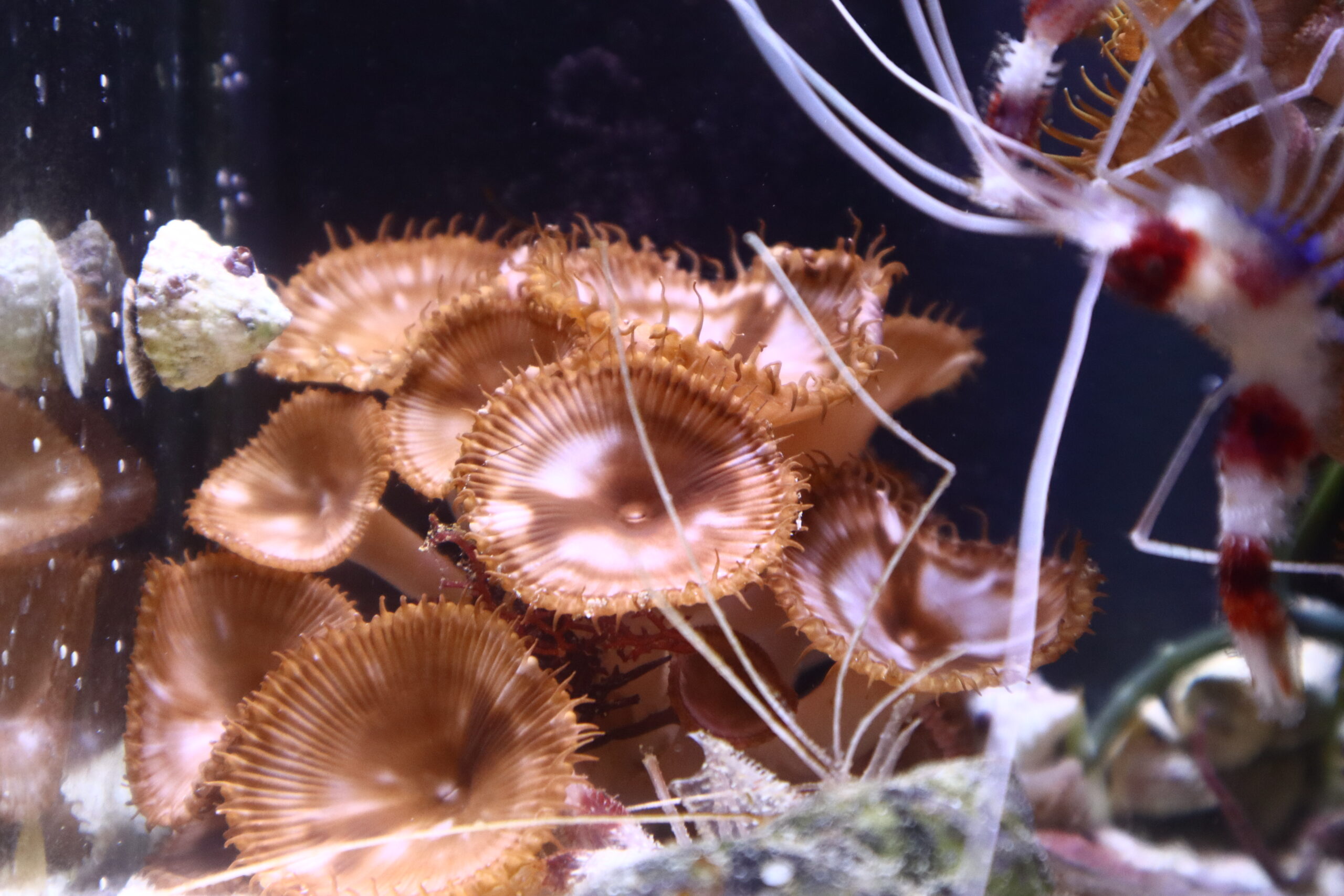
Challenges
Creating a tank like this has presented some challenges that make this hobby all the more fun! Some of these challenges include sourcing these organisms and being patient enough to let things take hold and flourish. When I first started this tank, I was skeptical that I would be able to get it to look natural and have a unique Caribbean look to it. With some patience, a vision, and help from many supporters of my channel and friends in the hobby, I believe it is starting to really fill in and look like a small Caribbean patch reef.
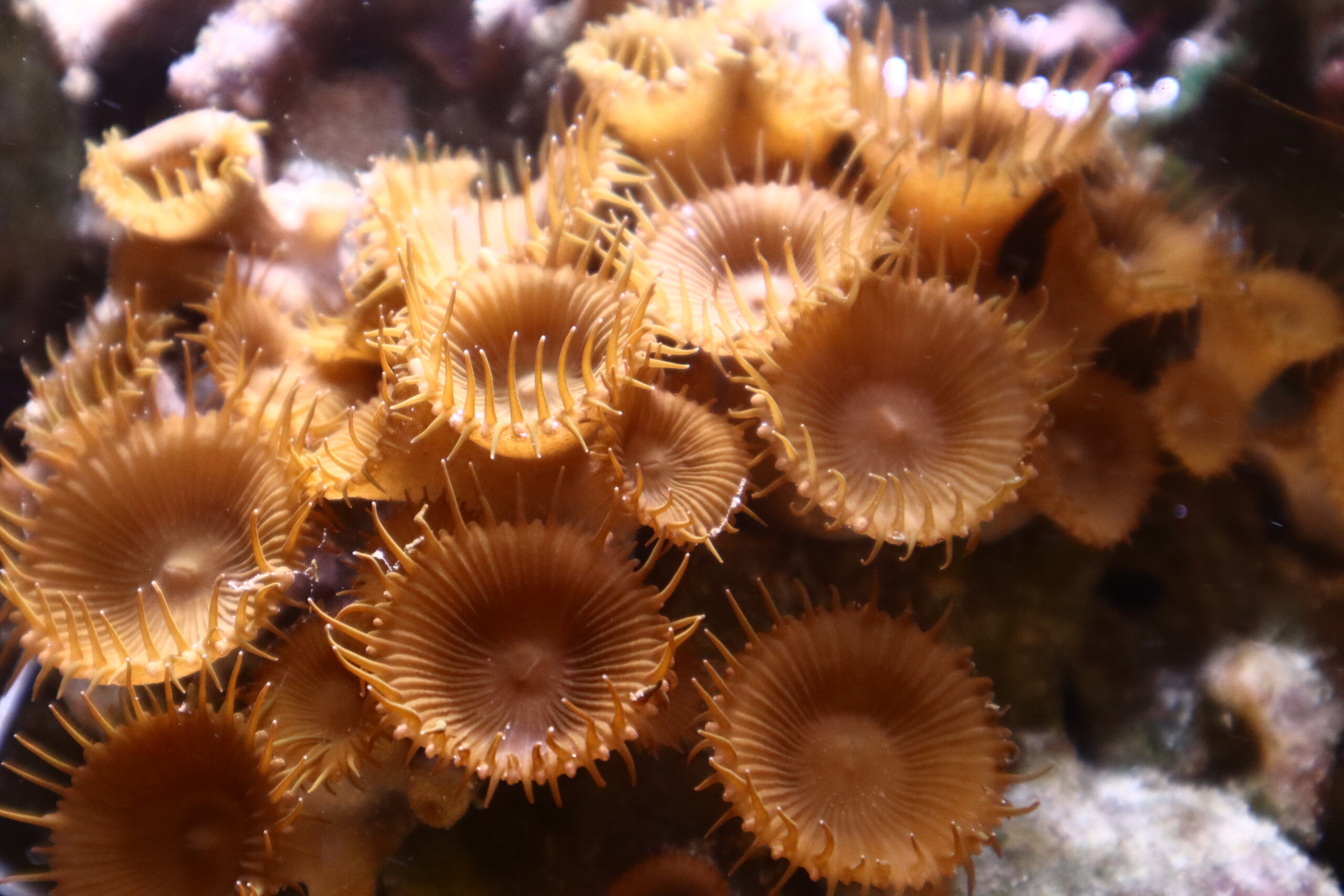
There is still much more I would like to add to this tank, including some more fish, corallimorphs, and more unique invertebrates. With that said, this tank is still a work in progress, and I look forward to watching it grow and flourish and sharing updates with you along the way.
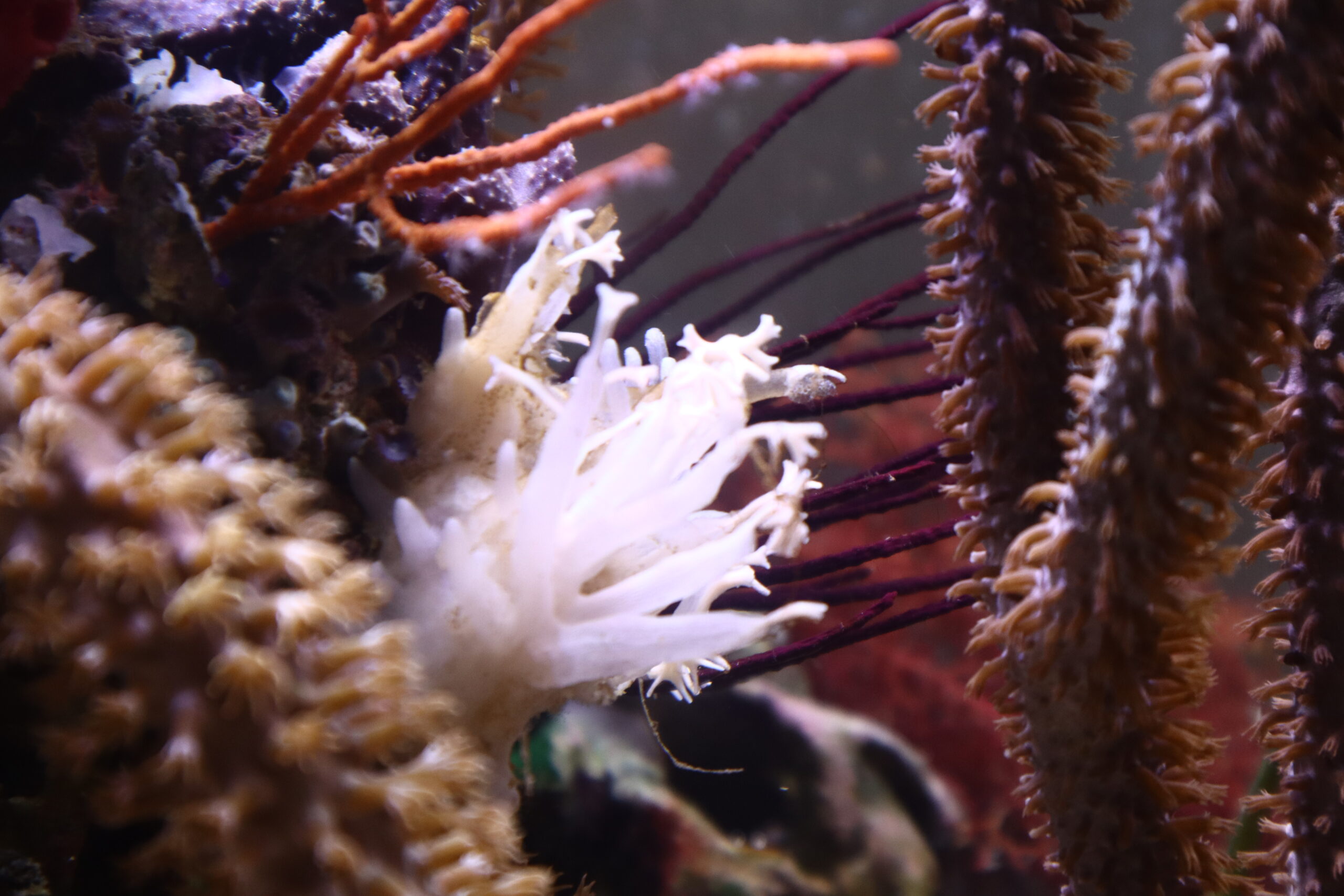
About the author
Levi Peterson specializes in NPS corals and has a passion for other oddball corals that make their way into the hobby. He is the coral specialist at QGI Aquatics in Clearwater, FL. He is known online online as “The Oddball Reefer” on Instagram and YouTube.


